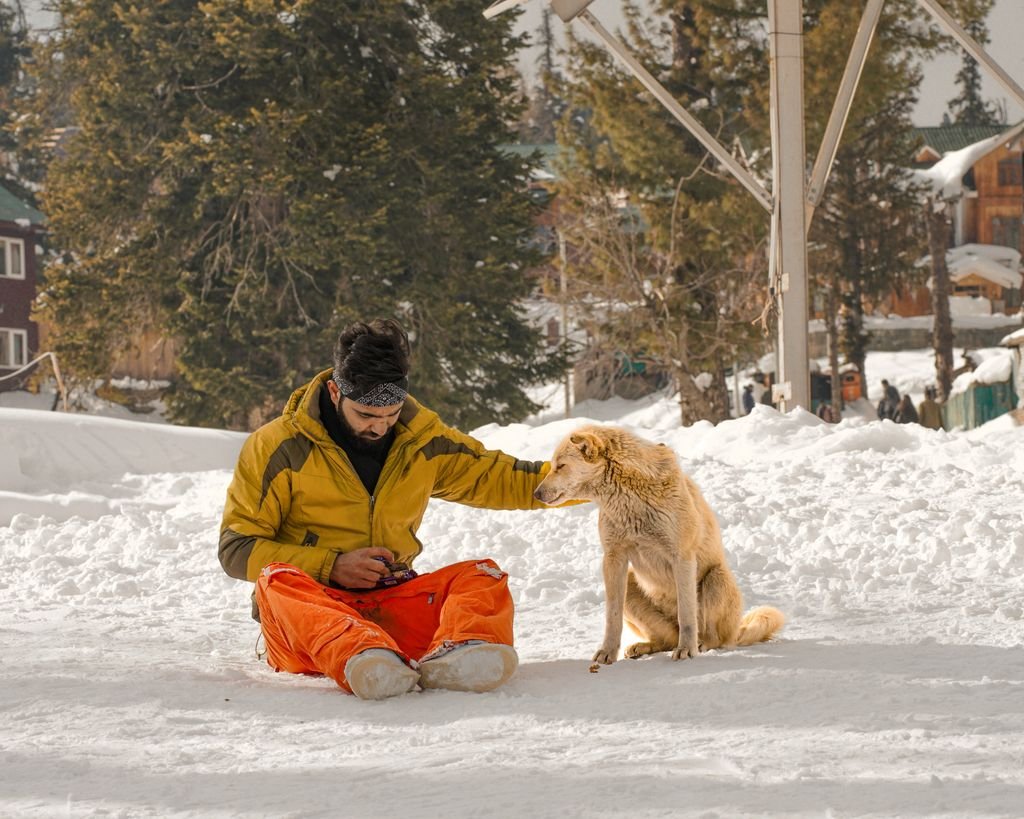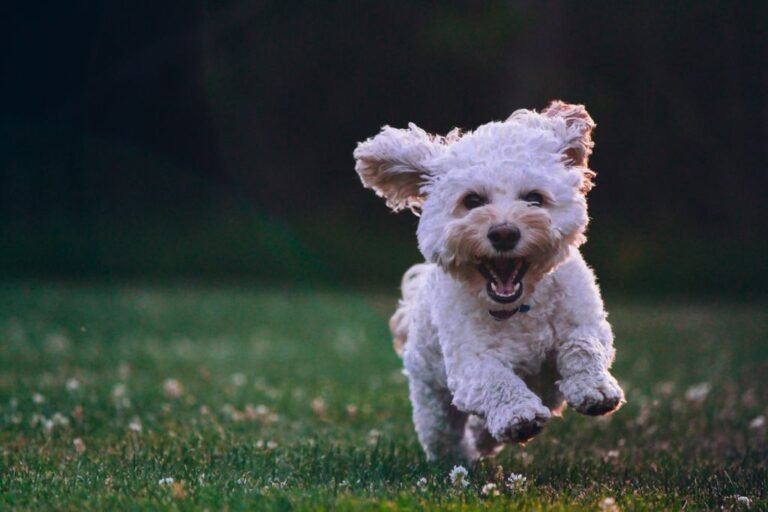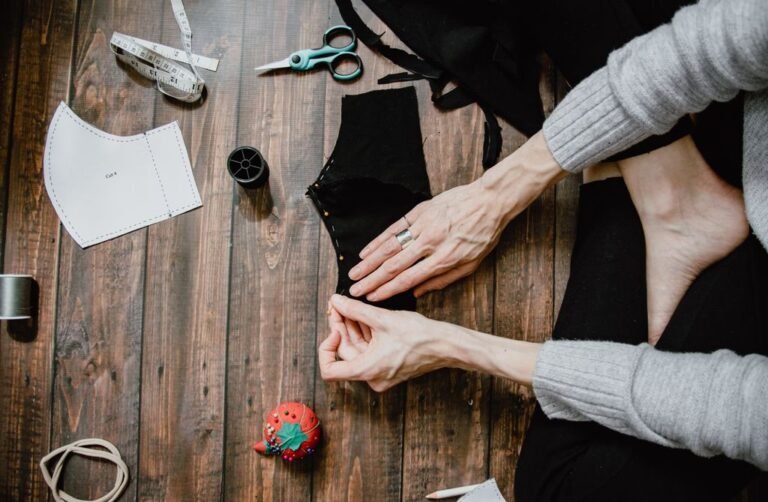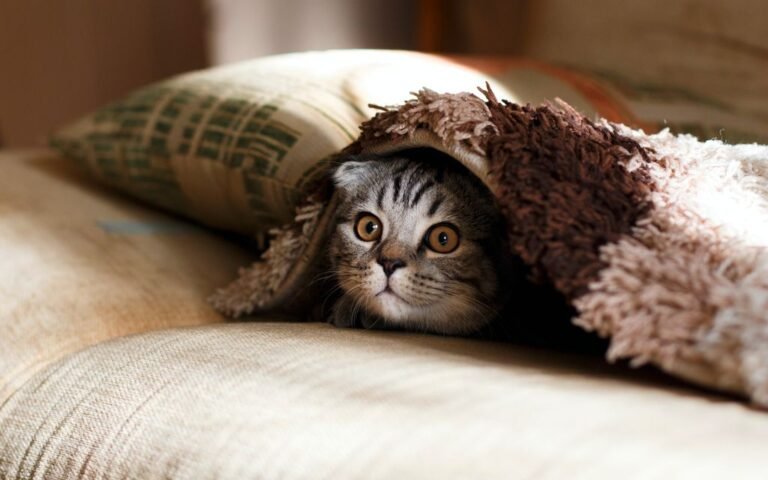Holiday Pet Safety: Tricks to Keep Your Pets Happy and Safe
The holiday season is a joyful time for everyone, including our furry friends. However, it’s important to take certain precautions to ensure their safety and well-being. In this article, we will discuss key tips and tricks to keep your pets happy and safe during the holidays.
Key Takeaways
- Be aware of potential holiday hazards for pets, such as toxic foods and plants.
- Create a safe environment for your pets by pet-proofing your home and securing decorations.
- Avoid feeding your pets harmful foods and provide them with safe holiday treats.
- Manage guests and visitors with pets to prevent any accidents or conflicts.
- Ensure comfort and safety for your pets when traveling during the holidays.
Understanding Holiday Pet Safety

Identifying Potential Holiday Hazards
Pet-proofing is as necessary as the seasons change. The holidays present some highly specific risks to pets. From toxic foods to escape hazards, poisonous plants to stress or anxiety, pet-proofing can be a daily battle this time of year. Our holiday pet safety tips aim to keep your pet out of harm’s way so that you can make special memories together. Finding a Balance Many pet owners naturally question how to approach holiday pet safety. For some, the answer lies in keeping a pet cordoned off from any possible holiday hazards. For others, the process involves a delicate balance to include a pet in family gatherings or holiday events while prioritizing their absolute health and safety. It’s not always easy or straightforward, but holiday pet safety strategies are essential to their well-being (and your peace of mind). Since veterinary emergencies spike this time of year, we offer some ways to pet-proof your home.
Creating a Safe Environment for Your Pets
Pet safety strategies are essential to their well-being (and your peace of mind). Since veterinary emergencies spike this time of year, we offer some ways to pet-proof your home.
The Tree and Other Greens
Due to some fairly obvious reasons, pet owners may decide that an artificial tree is the best choice for their pet. Either way, ensure pet safety in these ways:
- Secure the tree to a back wall or corner in case your pet likes to jump or climb it.
- Hook the top of the tree to the ceiling to reduce the risk of toppling.
- Cover the tree stand so they cannot drink the water. Trees can leach harmful substances into the water that can be toxic to pets.
Safe Space
Setting up a safe space for your pet to go during gatherings is a great way to help your pet. Safe spaces allow your pet to remove themselves from a stressful situation. In some cases, they may feel better being in that separate room during the whole party. In other cases, they may simply wish for a place to retreat from the crowd.
Cats: Set up a comfortable space with their food, litter box, water, and hiding places. Oftentimes, a bedroom upstairs, away from all the party commotion, is the perfect spot for your feline friend. Consider playing soft music to help alleviate stress caused by the noise of the party. Many cats are lost each year when they slip through an open door.
Partner with Your Veterinarian
When it comes to holiday pet safety, it’s important to partner with your veterinarian. They can provide guidance on how to keep your pets safe and minimize stress during the holiday season. Your veterinarian can also offer advice on travel safety and any specific concerns related to your pet’s health and well-being.
Remember, creating a safe environment for your pets is crucial to ensure their happiness and well-being during the holiday season.
Preparing Your Home for Pet-Friendly Holidays

Decorating Safely for Pets
While unpacking holiday goodies and decking the halls this season, it’s a good idea to keep your pets in eyesight—they’re forever entertained by the mischief of sparkle and shine. From curious cats to prying pups, we’re sharing a handy list of tips for keeping your pets healthy and safe during the holiday season:
- Tend to the Tannenbaum: Displaying a Christmas tree in the house rings in the holiday spirit, but how can you keep it safe from busy paws?
- Prevent a decorating disaster: Make sure that your festive embellishments are not a danger to your animal residents! Many plants – such as poinsettias, mistletoe, holly berries, and amaryllis – should stay out of reach of pets. If live trees are included in your decorating style, keep their bases covered, as tree water with sap can prove toxic to animals who may not see it as any different from what’s in their own bowl.
Remember, the holiday season is a time for joy and celebration, and by taking a few extra precautions, you can ensure that your furry friends stay safe and happy throughout the festivities.
Managing Guests and Visitors with Pets
When people come in through the front door so they don’t sneak out? You know your pet best, so make sure to communicate with your guests, too! Whatever your rules are for your pet, communication will ensure not only that your pet is happy but also that they don’t do something potentially dangerous. For example, if your pet has an especially sensitive stomach, let your guests know that they should not feed any table scraps. Body Language Pay close attention to your pet during a holiday gathering to ensure that they are not feeling stressed. Stress can lead even the best pets to behave in ways you wouldn’t expect, like nipping or biting. Even if your pet normally enjoys the company of others does not mean they will enjoy a noisy party.
Safe Holiday Treats for Your Furry Friends
During the holiday season, it’s important to keep your pets’ care and well-being in mind. While we all love indulging in delicious holiday treats, it’s essential to keep certain foods away from your furry friends. Some foods commonly found on holiday tables can be toxic to animals, including chocolate, onions, garlic, raisins, sage, and artificial sweeteners. These foods can cause gastrointestinal distress and other health issues for your pets. To ensure a safe and happy holiday for your furry friends, it’s best to keep the goodies on the table and away from their reach.
Traveling with Pets During the Holidays

Pet-Friendly Travel Tips
Cleared for Take-off: Ensure your pet is fit for travel. If you will be travelling with your pets this holiday season, talk with your veterinarian to determine what steps, documents, or preventative care might be needed to ensure your pet is ready to go! Destination states, countries, commercial carriers, and even lodging facilities can all have different requirements for your pets to accompany you. More resources can also be found on the U.S. Department of Agriculture’s Pet Travel website or on MDARD’s animal movement website. Spread Only Joy: Make sure pets are up to date on their vaccinations and
Ensuring Comfort and Safety for Your Pets on the Go
When traveling with your pet during the holidays, it’s important to prioritize their comfort and safety. CBD for pet owners can be a helpful tool in reducing travel anxiety for your furry passenger. Additionally, make sure your pet is up to date on all vaccinations and preventative care to safeguard against illnesses that can easily spread. If you’ll be boarding your pet this holiday season, ensure they are properly vaccinated. It’s also crucial to safely restrain your pet in the vehicle at all times to prevent accidents. Avoid leaving your pet unattended in the car, even for a short period of time. Lastly, consider packing your pet’s medications, food, and favorite toys to keep them comfortable during the trip.
Traveling with Pets During the Holidays
Conclusion
In conclusion, keeping your pets safe during the holiday season is crucial for their well-being. By following these safety tips, such as keeping toxic foods out of reach, pet-proofing your home, and ensuring the Christmas tree is secure, you can create a merry and bright environment for your furry friends. Remember to find a balance between including your pets in the festivities and prioritizing their health and safety. With these precautions in place, you can enjoy a joyful holiday season with your beloved pets.
Frequently Asked Questions
What are some potential holiday hazards for pets?
Some potential holiday hazards for pets include toxic foods like chocolate, onions, and garlic, as well as poisonous plants and decorations that can be ingested or cause injury.
How can I create a safe environment for my pets during the holidays?
To create a safe environment for your pets during the holidays, make sure to keep toxic foods and plants out of reach, secure decorations to prevent them from being knocked over, and provide a quiet and comfortable space for your pets to retreat to if they become overwhelmed.
What are some tips for decorating safely for pets?
When decorating for the holidays, make sure to avoid using decorations that can be easily chewed or swallowed by pets. Keep fragile ornaments and tinsel out of reach, and use pet-friendly alternatives like non-toxic plants and unbreakable ornaments.
How can I manage guests and visitors with pets?
If you have guests or visitors with pets, make sure to introduce them slowly and supervise their interactions. Provide a separate space for pets to retreat to if they become overwhelmed, and remind guests to keep doors and gates closed to prevent any accidental escapes.
What are some safe holiday treats for pets?
Some safe holiday treats for pets include plain cooked meats, fruits like apples and bananas (in moderation), and pet-friendly treats specifically made for their dietary needs. Avoid giving them foods that are toxic to pets, such as chocolate, raisins, and artificial sweeteners.
How can I ensure comfort and safety for my pets while traveling during the holidays?
To ensure comfort and safety for your pets while traveling during the holidays, make sure to secure them in a well-ventilated crate or carrier, provide familiar bedding and toys, and take regular breaks for exercise and bathroom breaks. It’s also important to research pet-friendly accommodations and plan ahead for any necessary vaccinations or paperwork.







